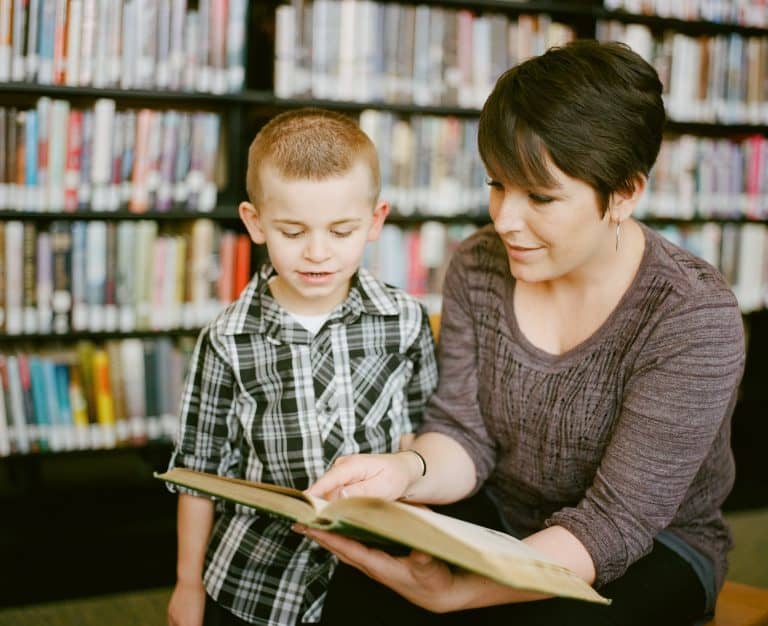6 Ways Your Students Learn When You Read Aloud
Author: Anne Marie Winz
Create Wonder
When I was in fourth grade, our teacher read “The Phantom Tollbooth” aloud to our class. Along the way, we gladly used our imaginations and entered into the story. We marveled at the endless wordplay.

The novel by Norman Juster featured Milo, a bored student, who jumped into a cardboard car in his bedroom one day after school. He entered into a tollbooth that took him to Dictionopolis and then Digitopolis.
From there, he set off on a hilarious quest to rescue the princesses Rhyme and Reason. Their foolish brothers locked them up until the brothers could decide which was better, words or numbers.
When the teacher finished the last page, we felt disappointed because the book had ended. The teacher asked questions, and we talked about the parts we liked the best. Then the teacher asked if we thought we could write a script, build some props, and act out the play.
We enthusiastically embraced her idea. Our efforts led to a performance for our parents and the other fourth-grade classes. Our class, working together, created a memorable experience. We gained confidence and had a lot of fun performing the story we had so thoroughly enjoyed.
You can increase your students’ learning by reading aloud to your class. In fact, at least 6 wonderful things happen when you read aloud to them. You can do it without taking on a mammoth project like turning the story you read into a play.
1. Students learn to use their imaginations. As they listen to you read, they visualize the characters and the setting. You can even give them paper and colored pencils so they have the option to doodle as the story unfolds.
2. Students hear how language sounds. They hear you fit words together into sentences and paragraphs, learning how those words are pronounced. They also learn the meanings of new words based on the context of what they hear.
3. Students increase their reading comprehension. As they listen to you read, they think about the text’s meaning. When you ask questions, they’ve already had time to consider what they’ve heard, and they can respond.
4. Students develop a love for reading. If they enjoy listening to you read aloud to them, they realize that they can enjoy reading a good book by themselves.
5. Students and yourself get a well-deserved break. They can listen to the story without having to do normal classroom activities, like taking notes or looking at the board. Reading out loud can be restful for you, too. You can sit while you read and use your imagination along with your students. All of you can relax and enjoy the story.
6. It creates community. Everyone listens and enters into the story together. When you finish each chapter, ask questions so students can talk about what happened and what it means. Ask what happened (plot), who it happened to (characters), and where the story took place (setting).
You can enhance the learning in your classroom by reading out loud to your students. Choose a book that matches the grade level you teach. You can ask a librarian for help. Read one chapter at a time, two or three days a week. When you finish, don’t forget to ask questions so the class can discuss what you’ve read.
For more classroom tips check out “5 Creative Ways to Make Language Arts Fun.”
About the Author

Anne Marie Winz is a freelance writer and writing coach who lives in Orlando, Florida. She enjoys reading, writing, and a strong cup of coffee with friends.

